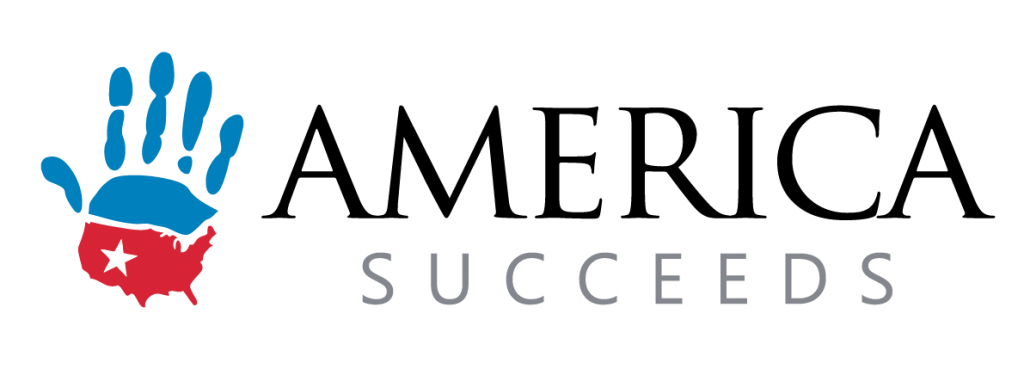
Of the many factors that are causing a disconnect between labor force supply and employer needs, the stark inequity of postsecondary education attainment is a major contributor. In both the highschool-to-college pipeline and the college-to-workforce pipeline, outcomes for learners and workers are highly uneven.
In this report, we detailed two significant data points that illuminate these inequities. Students in marginalized groups and in rural communities where schools tend to be under-resourced are entering college at much lower rates than their more affluent peers. A recent Brookings report on college enrollment gaps reinforces the data we have collected; they reported that
… socioeconomically advantaged groups are 38% more likely to go to college.”
College enrollment gaps: How academic preparation influences opportunity, Brookings Institute
Not only are these disadvantaged groups going to college at lower rates, data also shows that once students from these groups enter college, they are much less likely to complete their degrees than students from socioeconomically advantaged groups. The data shows that these disadvantaged students are much more likely to have financial insecurity, high student loan debts, and family responsibilities, and to have received inequitable advising in high school and in college.
With so many factors limiting these students’ ability to complete postsecondary education, it is clear why we end up with 16-23% fewer Black and Hispanic adults with college degrees in this country. Not only is this reflective of social injustice, but it also represents an ongoing missed economic opportunity. Dismantling the inequities in postsecondary attainment can provide the workforce and economy with a massive boost. Reducing postsecondary attainment inequities will not only provide our employers with a more skilled labor pool to hire from – the boost in wages for these underserved groups will also provide a significant increase in tax revenues nationwide. Thus, we can see how working to break this trend can create a domino effect of positive outcomes for marginalized groups and the American economy as a whole.
Ready to learn more? Read the full No Worker Left Behind report, out now.




